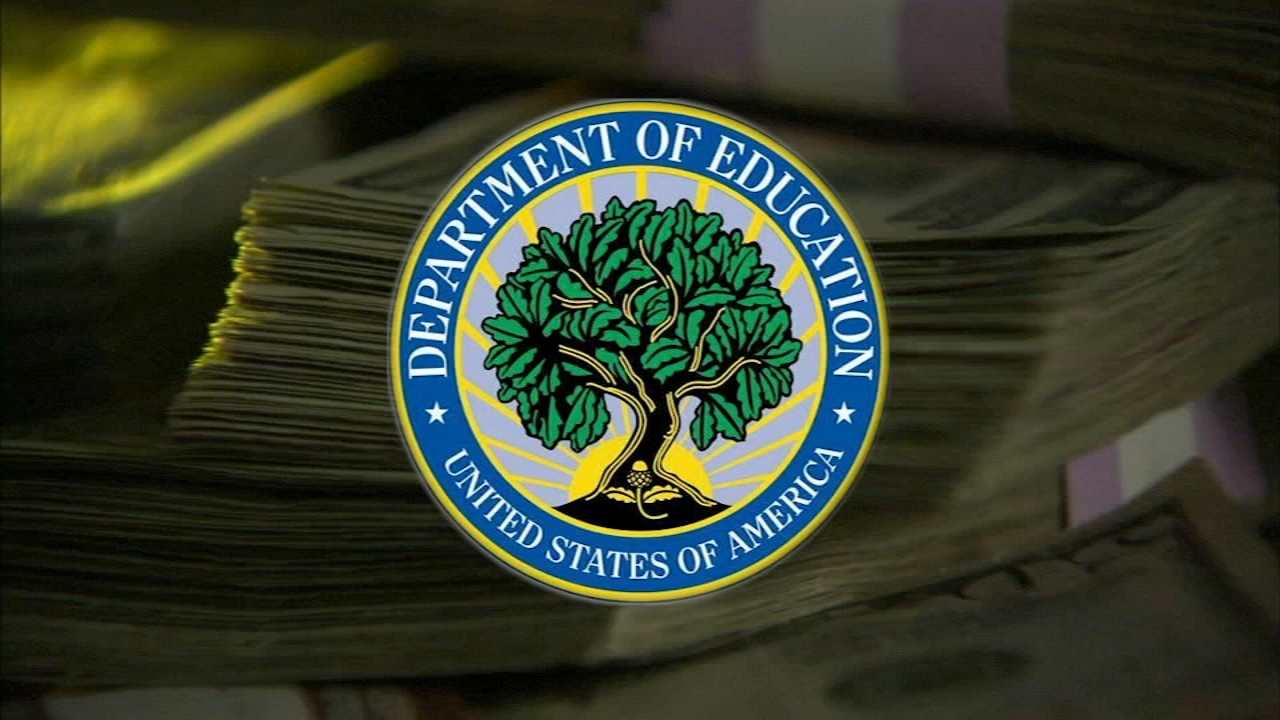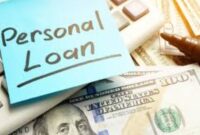Student loan debt is a significant burden for many Americans, especially in the aftermath of graduation. However, numerous student loan forgiveness programs offered by state governments can provide much-needed relief. Whether you’re a teacher, healthcare worker, or in another high-demand profession, these state-sponsored initiatives aim to reduce the financial strain on borrowers. This comprehensive guide will walk you through the most popular loan forgiveness programs, their eligibility requirements, and how you can take advantage of them to pay down your debt faster.
Types of State-Specific Student Loan Forgiveness Programs
Each state offers unique loan forgiveness programs aimed at specific professions or underserved areas. These programs are designed to encourage professionals to work in areas where there is a shortage of skilled workers. Here’s a breakdown of the most common types of student loan forgiveness programs offered by U.S. states.
Public Service Loan Forgiveness (PSLF)
While the Public Service Loan Forgiveness program is a federal initiative, many states have additional support programs designed to complement PSLF. These programs can help federal employees or those in public service-related jobs, such as government workers, social workers, and teachers, by forgiving a portion of their loans after a specified period of service.
-
Eligibility: Works in a qualifying public service job (e.g., government or non-profit).
-
How it works: Make 120 qualifying monthly payments while working full-time in a public service job.
Teacher Loan Forgiveness
Many U.S. states offer teacher loan forgiveness to encourage educators to work in low-income schools. This forgiveness program is particularly helpful for teachers in K-12 public schools or other education-related institutions.
-
Eligibility: Full-time teachers in low-income elementary and secondary schools.
-
Forgiveness Amount: Up to $17,500 depending on the subject and teaching location.
Healthcare Loan Forgiveness Programs
Healthcare workers, especially those in rural or underserved areas, can also take advantage of loan forgiveness programs in many states. These programs are designed to attract healthcare professionals to areas with a shortage of providers.
-
Eligibility: Physicians, nurses, dentists, and mental health professionals.
-
Forgiveness Amount: Varies based on profession and length of service in an underserved area.
How to Qualify for State-Specific Loan Forgiveness Programs
The requirements for state loan forgiveness programs can vary significantly. Understanding the eligibility criteria is essential to determine whether you qualify and to avoid any surprises during the application process.
Employment in a Qualifying Field
Many state loan forgiveness programs require borrowers to work in specific fields such as teaching, healthcare, or public service. To qualify, you’ll need to demonstrate that your job aligns with the state’s needs.
Length of Service
State loan forgiveness programs generally require you to work in a designated field for a certain period. The more years you work in an underserved area or profession, the higher the amount of loan forgiveness you can receive.
-
For example, healthcare professionals may need to work in a rural area for at least two years to qualify for certain state programs.
-
Teachers may need to work for five consecutive years in a low-income school.
Loan Type and Status
Some programs may require you to have a specific type of loan, such as a Federal Direct Loan, while others might offer forgiveness for federal or private student loans. Additionally, you may need to be current on your loan payments or in good standing with your loan servicer.
The Best States for Student Loan Forgiveness Programs in 2025
Certain states offer more generous loan forgiveness programs or more options to borrowers. Here’s a look at some of the best states offering student loan forgiveness in 2025:
1. California: Teacher and Nurse Loan Forgiveness
California has some of the most robust loan forgiveness options, particularly for teachers and healthcare workers.
-
Teacher Loan Forgiveness: California’s “California Teacher Loan Forgiveness Program” provides up to $20,000 in loan forgiveness for teachers who work in low-income schools for five years.
-
Nurse Loan Forgiveness: The “California State Loan Repayment Program” offers loan repayment assistance to healthcare professionals working in underserved areas.
2. New York: Public Service Loan Forgiveness
New York is an excellent state for those working in public service. The state offers a Public Service Loan Forgiveness Program that helps reduce student debt for those in public service and non-profit sectors.
-
Eligibility: Employees working in public service jobs.
-
Forgiveness: Helps borrowers meet PSLF eligibility requirements faster.
3. Texas: Health Professionals Loan Repayment
Texas has specialized loan repayment programs for healthcare workers, especially those working in rural areas.
-
Healthcare Worker Loan Forgiveness: Texas offers up to $160,000 in loan repayment assistance for healthcare providers who agree to work in underserved areas for a specified period.
4. Florida: Teacher Loan Forgiveness
Florida offers one of the most attractive loan forgiveness options for teachers in the U.S. Teachers working in high-need areas can receive substantial financial relief.
-
Forgiveness Amount: Up to $25,000 for teachers in critical shortage areas.
Steps to Apply for State-Specific Loan Forgiveness Programs
Applying for state-specific student loan forgiveness programs can be a complicated process. However, breaking down the steps can make it more manageable. Here’s how to apply:
1. Research Available Programs
Start by identifying the state programs for which you are eligible. Each state’s website will typically provide a list of available loan forgiveness options and the eligibility criteria.
2. Gather Required Documentation
Most state programs will require proof of employment, income, loan status, and your work history. Be prepared to provide documentation that demonstrates your eligibility.
3. Submit the Application
Once you have all the necessary documents, submit your application either online or by mail. Pay careful attention to application deadlines to avoid missing out on opportunities.
4. Follow Up
After submitting your application, it’s important to follow up to ensure your application is processed on time. Some states may require additional documentation or have specific timelines for reviewing applications.
Benefits of Participating in Student Loan Forgiveness Programs
Participating in a student loan forgiveness program offers several benefits beyond just reducing your debt. Here’s why you should consider applying for loan forgiveness:
1. Reduced Financial Stress
Forgiveness programs can provide significant financial relief by reducing or completely eliminating your student loan debt. This can allow you to focus on your career and other financial goals, such as saving for retirement or buying a home.
2. Career Satisfaction
Many forgiveness programs are tied to fields like teaching, healthcare, and public service, allowing you to contribute meaningfully to your community. This can provide a sense of fulfillment in addition to financial benefits.
3. Tax Benefits
Some states may offer tax incentives for borrowers participating in loan forgiveness programs, making it even more beneficial to work in high-need sectors or areas.
Common Mistakes to Avoid When Applying for Loan Forgiveness
While applying for loan forgiveness programs can be a great opportunity, there are several pitfalls to avoid:
1. Not Meeting Eligibility Requirements
Ensure that you fully meet the requirements of the program before applying. Some programs have very specific guidelines regarding employment, location, or loan type.
2. Missing Application Deadlines
Many state programs have strict deadlines. Missing a deadline could prevent you from qualifying for the forgiveness program.
3. Failing to Maintain Good Loan Status
Make sure your student loans are in good standing before applying for forgiveness. Defaulting on your loans could disqualify you from the program.
Frequently Asked Questions (FAQs)
1. How do I know if I qualify for student loan forgiveness?
Check the eligibility requirements for each program. Most programs require working in certain professions or underserved areas for a specific period.
2. How much can I save with loan forgiveness programs?
The amount you can save varies by state and program. Some programs forgive a percentage of your loan, while others provide full loan repayment.
3. Can I apply for more than one forgiveness program?
Yes, you can apply for multiple forgiveness programs, as long as you meet the eligibility requirements for each.
4. Are there federal student loan forgiveness programs?
Yes, the federal government offers the Public Service Loan Forgiveness (PSLF) program, which complements many state-specific programs.
5. How long does it take to get approved for loan forgiveness?
Approval timelines vary depending on the state and program. Be sure to review the processing times and follow up as necessary.
Conclusion
State-specific student loan forgiveness programs can significantly reduce the burden of student debt, especially for those working in public service, education, or healthcare. By understanding the available programs and meeting the eligibility requirements, you can take full advantage of these opportunities. Start researching today to make the most of your student loan forgiveness options and pave the way for a brighter financial future.



